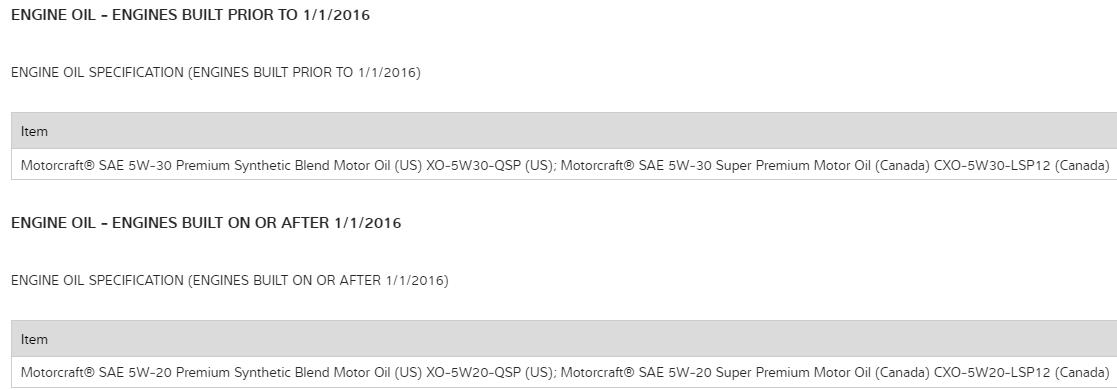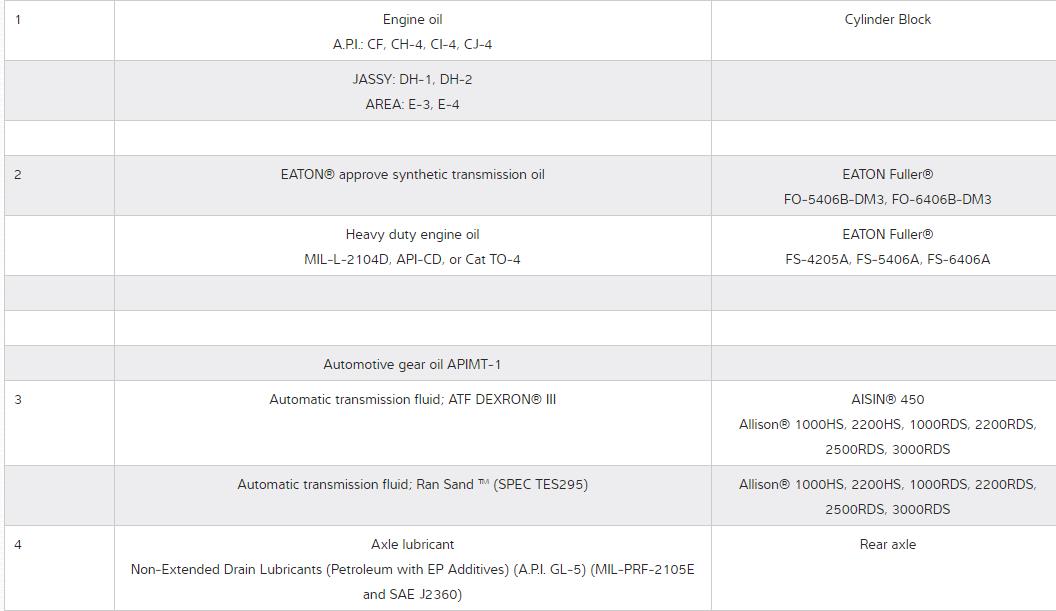
Back in the early seventies I drove a 1964 Chevy Nova station wagon. The perfect car for throwing the surfboards in the back and hitting the beach. However, it leaked oil from the valve cover gasket and always required a fresh quart of oil.
It was no problem back then as the grocery store had recycled oil for 23-cents a quart. It didn’t matter whether it was 30w or 40w as it was eventually going to leak out anyway.
These days however, it is absolutely imperative to use the correct fluid whenever servicing a truck. Adding the wrong type of anti-freeze, oil or transmission fluid can cause severe damage to a component or system. I’m sure many of you have seen a truck come into your shop that had antifreeze added to the windshield wiper reservoir and seen the repercussions of it first hand. Luckily, TruckSeries truck repair information provides oil, fluid and lubricant charts for most vehicles.
Let’s take a quick look at a few examples here.
This chart applies to a 2019 Ford F-750 with a 6.8L Triton – 30 V10 engine. Notice the required engine coolant specifications are based on the build date of the vehicle.
The same situation applies to the engine oil, as the requirements are based on the build date. Using the wrong engine oil or coolant in either of these situations could cause major problems for both the shop and truck owner.
Looking now at a 2016 RAM 5500 with a Cummins 6.7L, we have a chart indicating the Diesel Exhaust Fluid (DEF) API certified ISO specifications. You could just imagine the damage to the system if the wrong DEF was put into the tank.
Taking a look at a 2010 Hino 145 equipped with a four cylinder engine we have a chart that indicates the type of required fluid along with component location. This is very good information to access, making it easy to select and use the correct fluid.
Remember these are just a few examples of fluid information that is provided in Mitchell 1’s TruckSeries truck repair software. Selecting the correct fluid can be quite difficult without the right information, and with our charts it is easy to select and use the correct fluid and to help you avoid any damage to the truck engine or a component.
Want to learn about TruckSeries?
Request a FREE DEMO today!
You may also like to read:
What’s in a Word? The Importance of Context When Communicating in a Shop
Keep Your Cool This Summer: Tips for maintaining the complete cooling system










